UNESCO's network of 350 creative cities from more than 100 countries focuses on 7 areas: design, literature, music, crafts and folk arts, gastronomy, cinema and media arts. Among them, Da Lat is honored to be included.
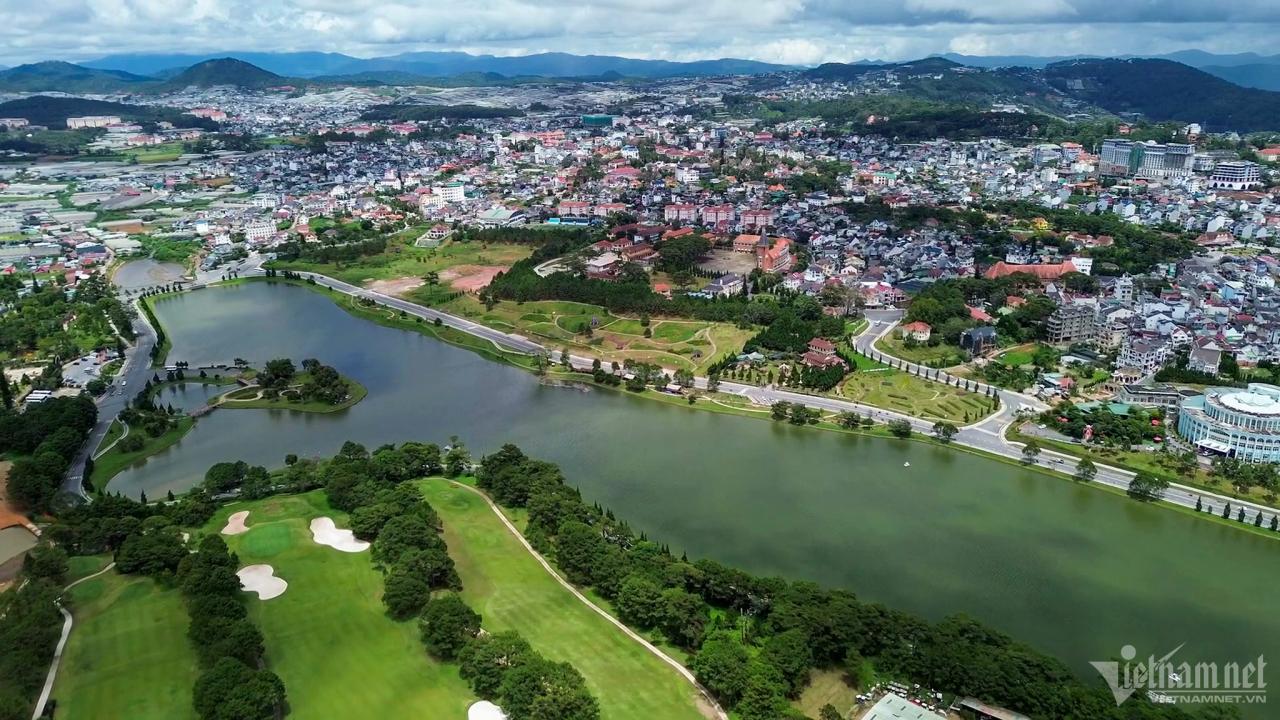
Since 1893, when French-style resorts were built, Dalat has been shaped as a unique resort of the Indochina government at that time. When the country was unified, this place continued to maintain its unique architectural heritage values, while integrating and developing the urban area in a modern direction. In the picture is Xuan Huong Lake and the center of Dalat City.
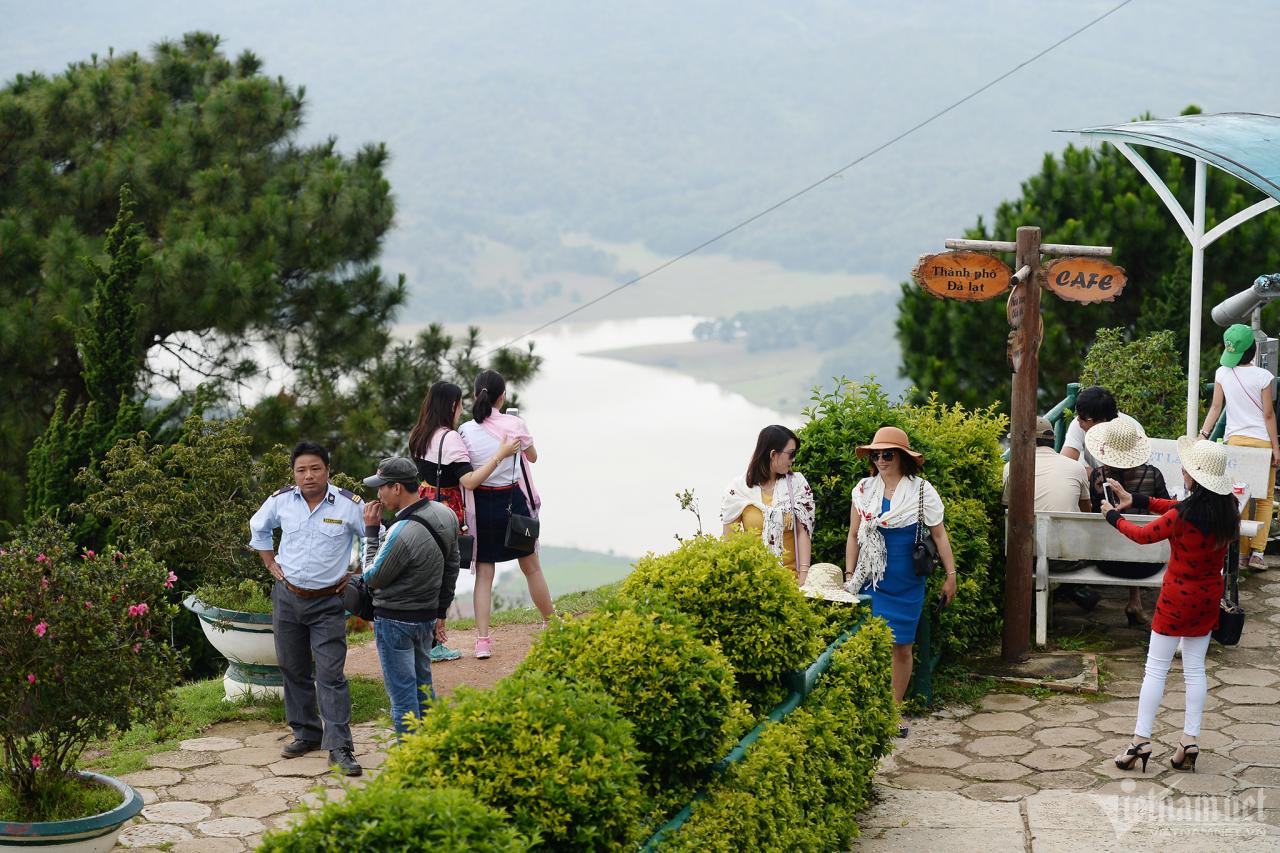 | 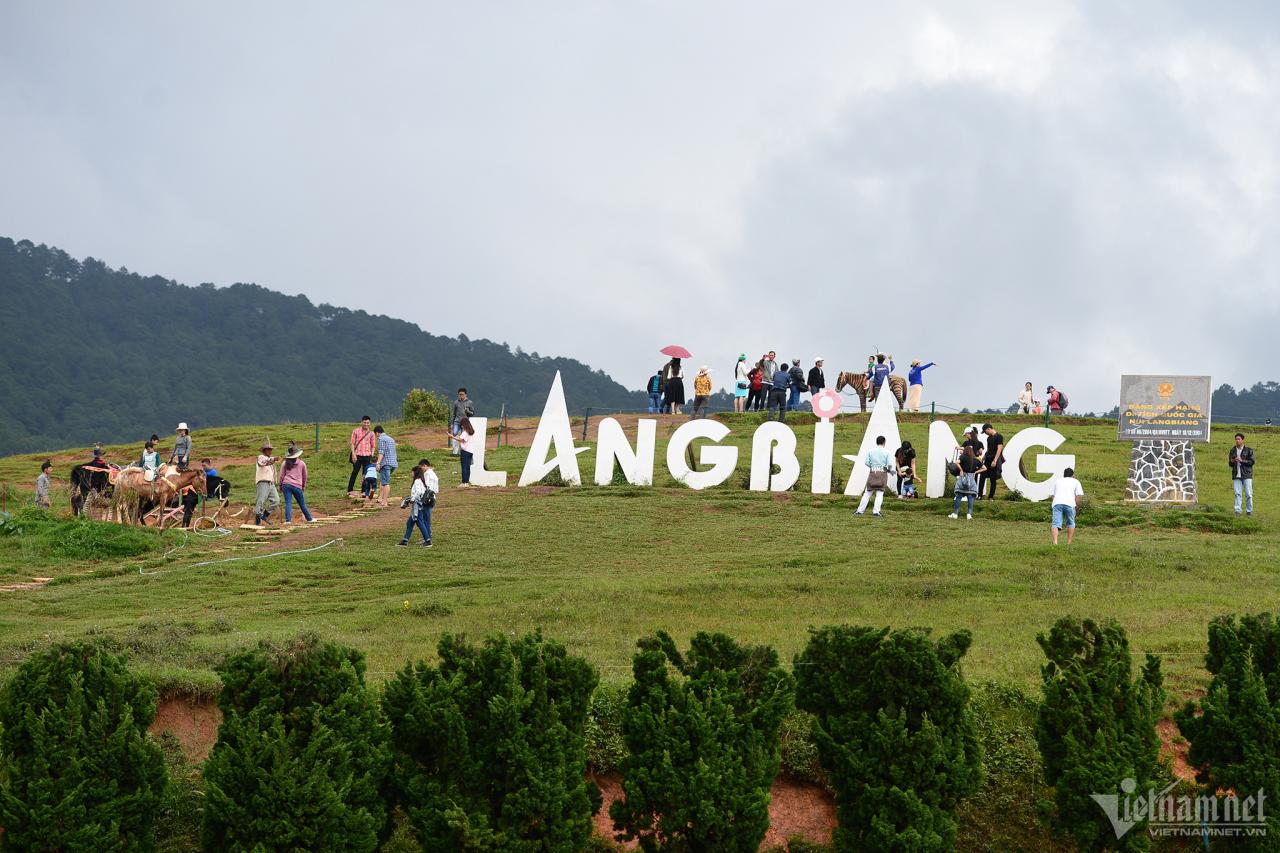 |
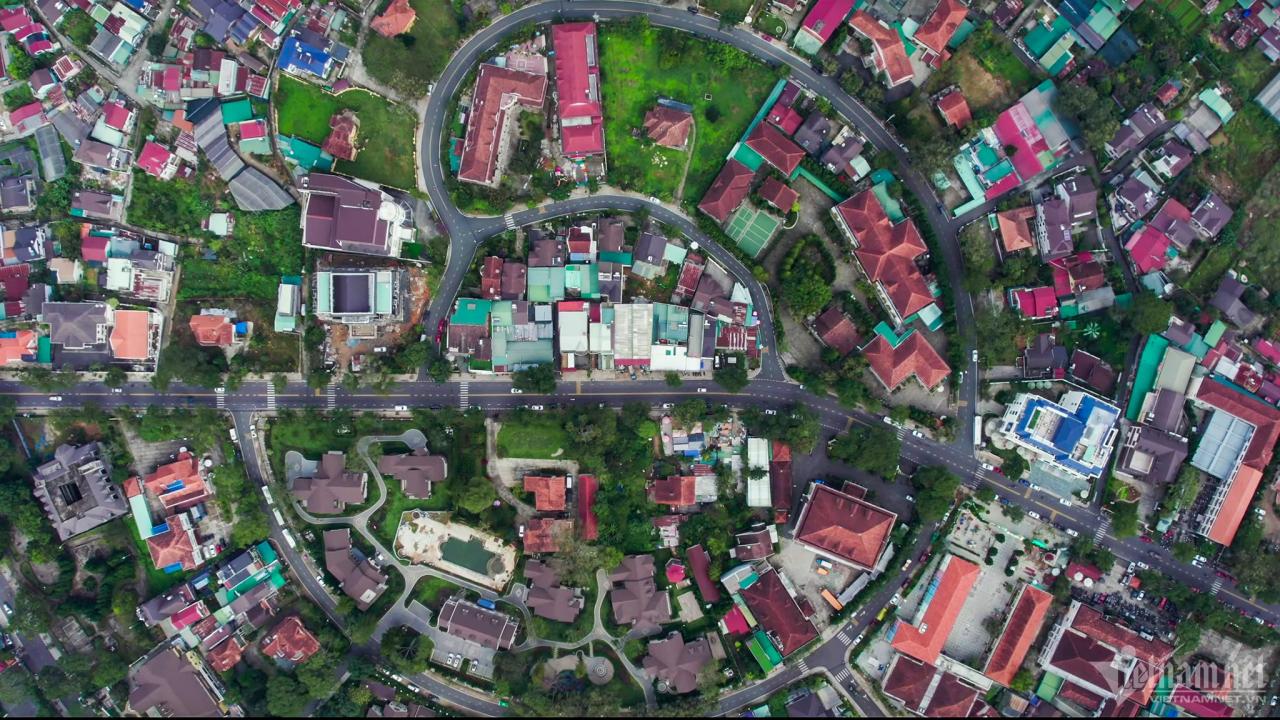
The whole city has an area of 394.64km², located on Lam Vien plateau, at an altitude of 1,500m.
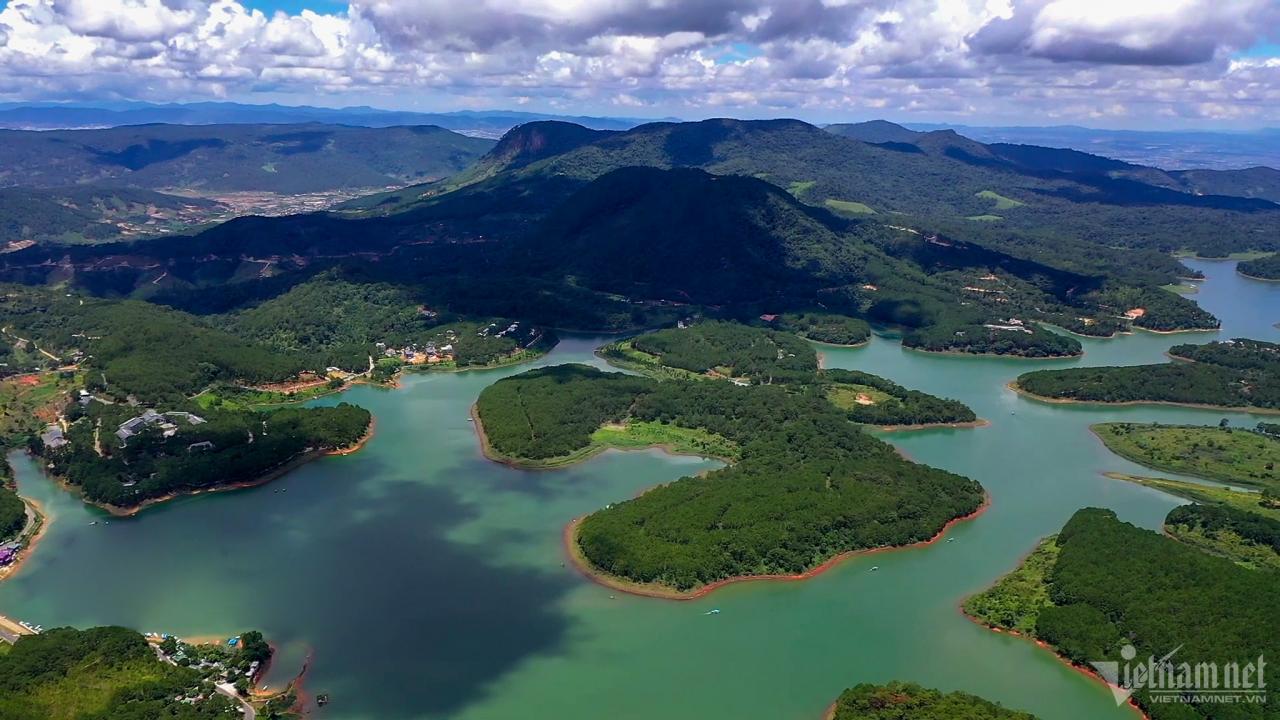
 | 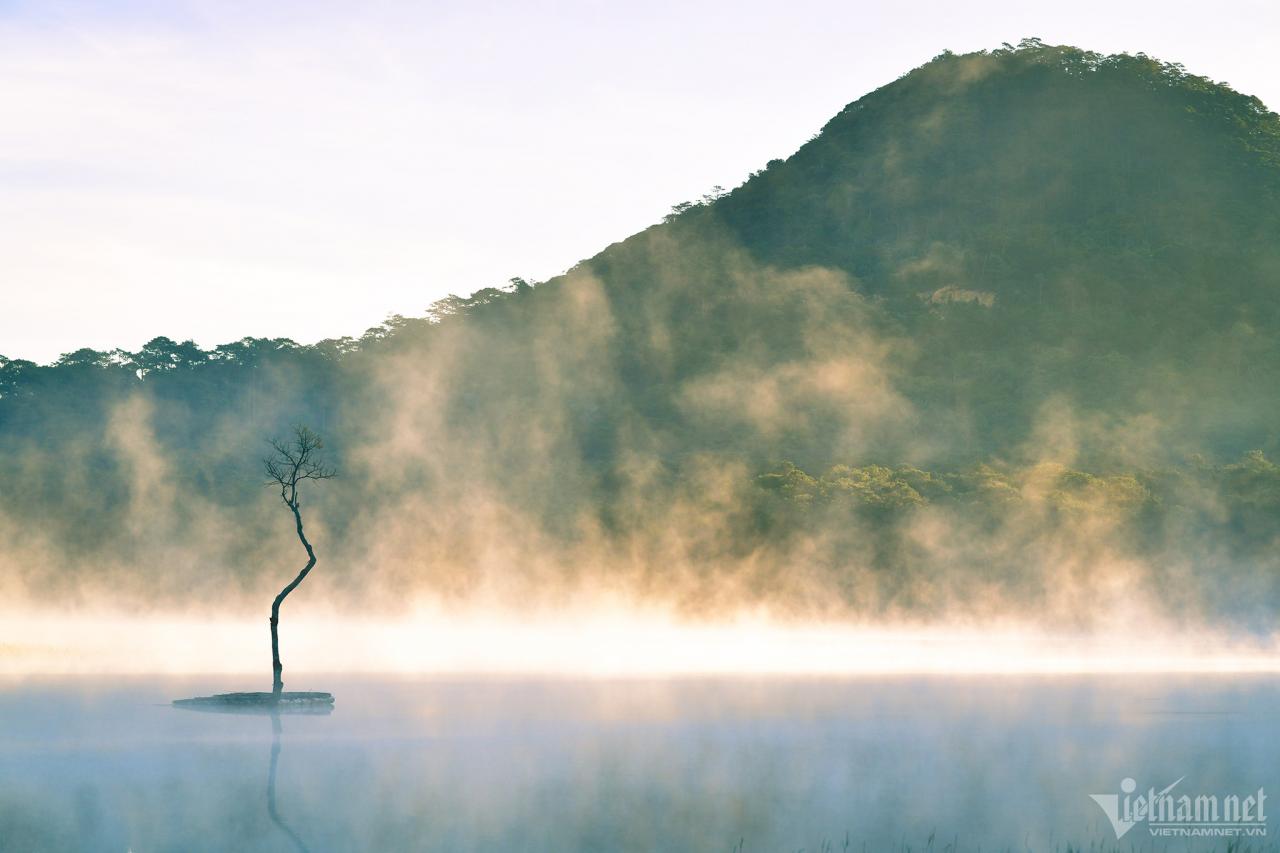 |
Tuyen Lam Lake, a famous eco-tourism attraction of Da Lat. The geology of this city includes mountain ranges, hills, valleys, lakes with vast pine forests.

 |  |
Because it is located on a plateau, Da Lat has a mild, cool mountainous climate all year round, beautiful, poetic landscapes, and is a place of creativity in poetry, music, painting, etc. for many artists. Photo: Nguyen Hue.
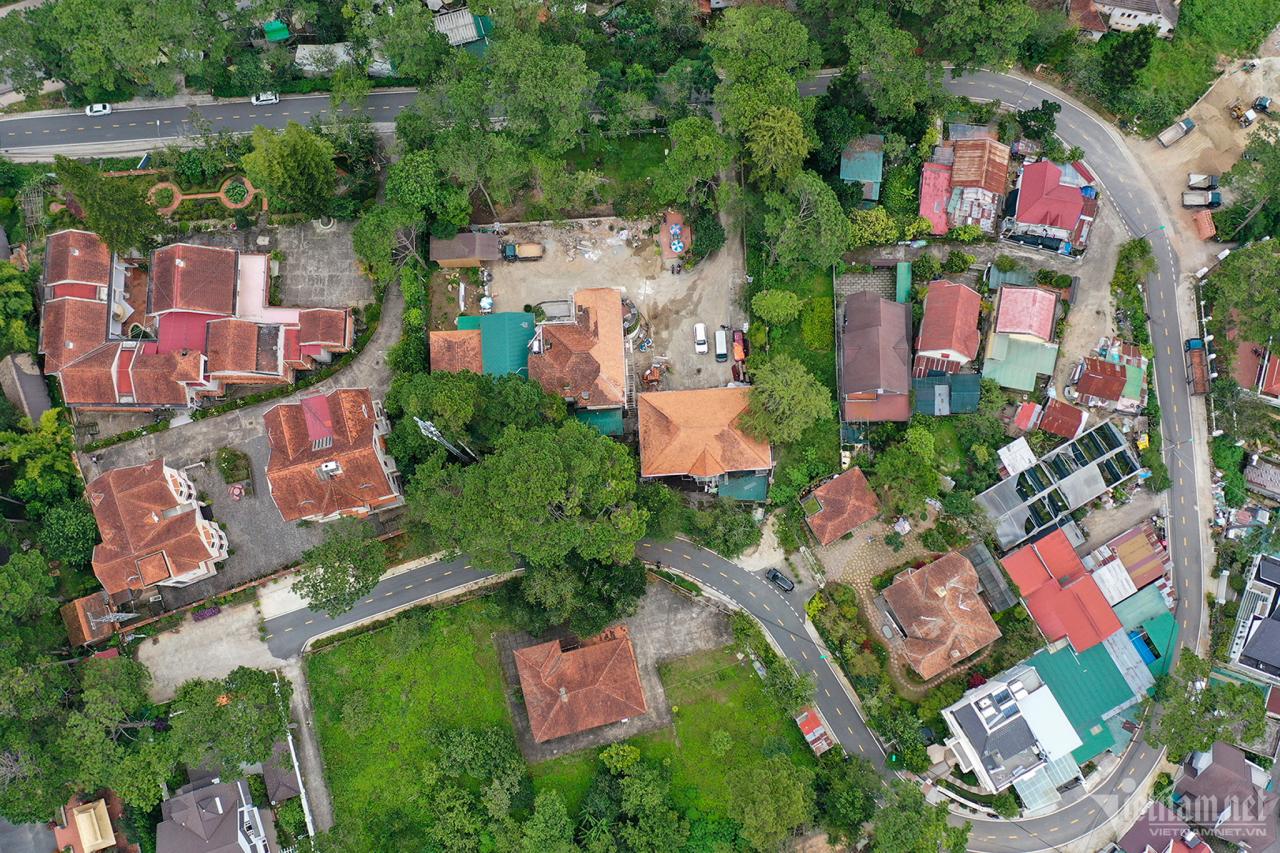
The winding roads at the foot of the pass, around the mountain are typical of the Da Lat transportation system. (Photo of Mimosa Pass, where there are many villas with ancient tiled roofs built during the French period).
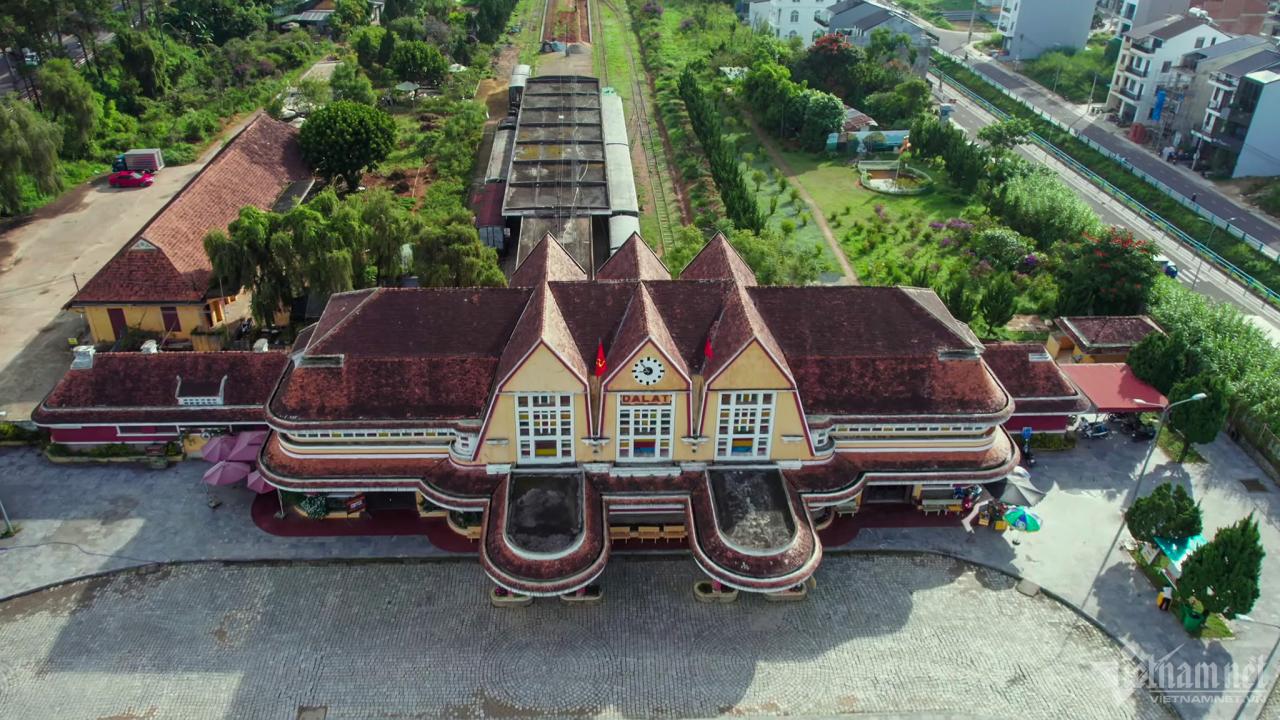
With a history of 130 years of formation and development, Da Lat is preserving many unique architectural heritage values, considered a museum of 20th century European architecture. Typical architectural heritage works in Da Lat include: Con Ga Church, Da Lat Pedagogical College, Bao Dai King's Palace, Da Lat train station... In the photo is Da Lat station built by the French from 1932 to 1938, this is the place connecting to the 84km long railway line from Phan Rang.
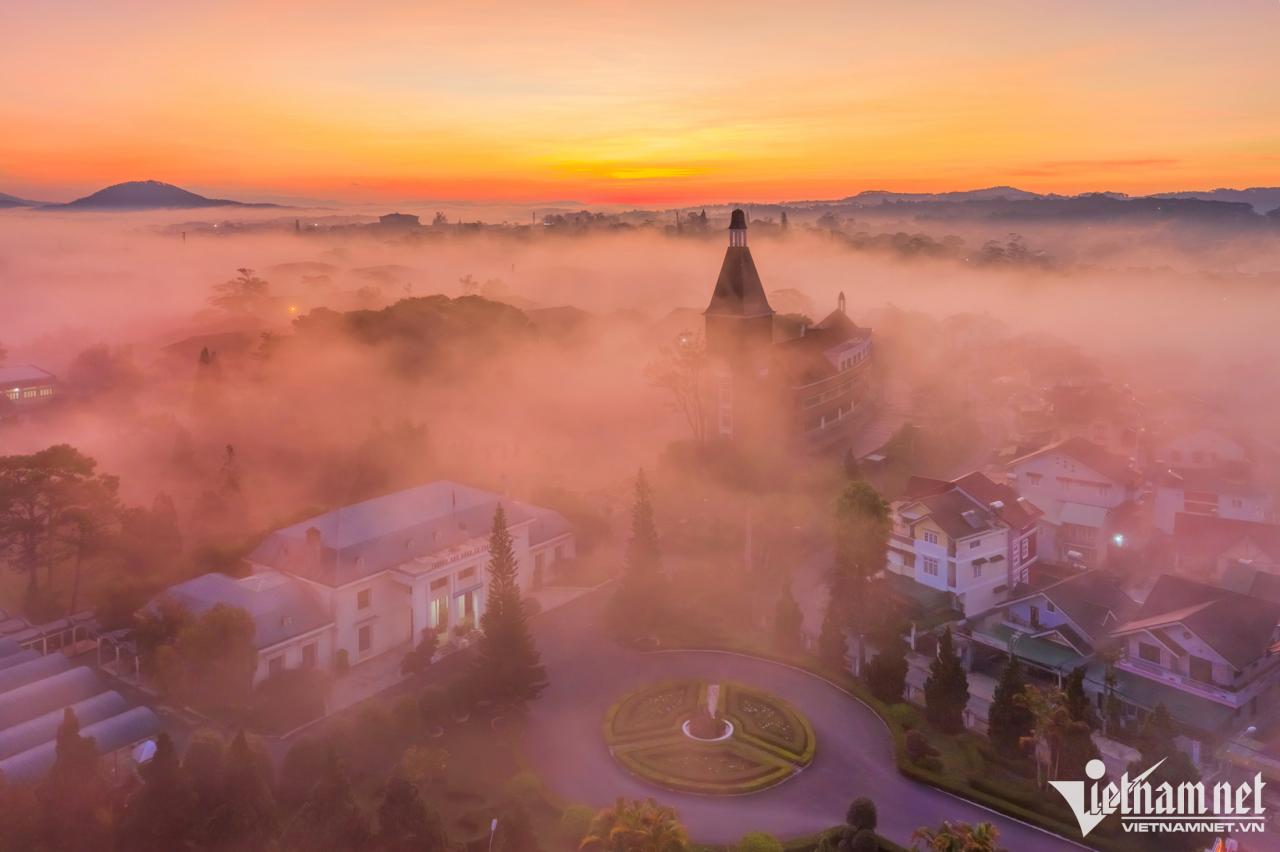
Da Lat is also an ideal place for many photographers to hunt for landscape photos. At dawn, the city of thousands of flowers is as beautiful as a colorful painting. In the photo is Da Lat Pedagogical College (formerly Grand Lycée Yersin) recognized by the World Union of Architects (UIA) as one of the 1,000 unique constructions of the world in the 20th century. Photo: Leu Trung Hieu.
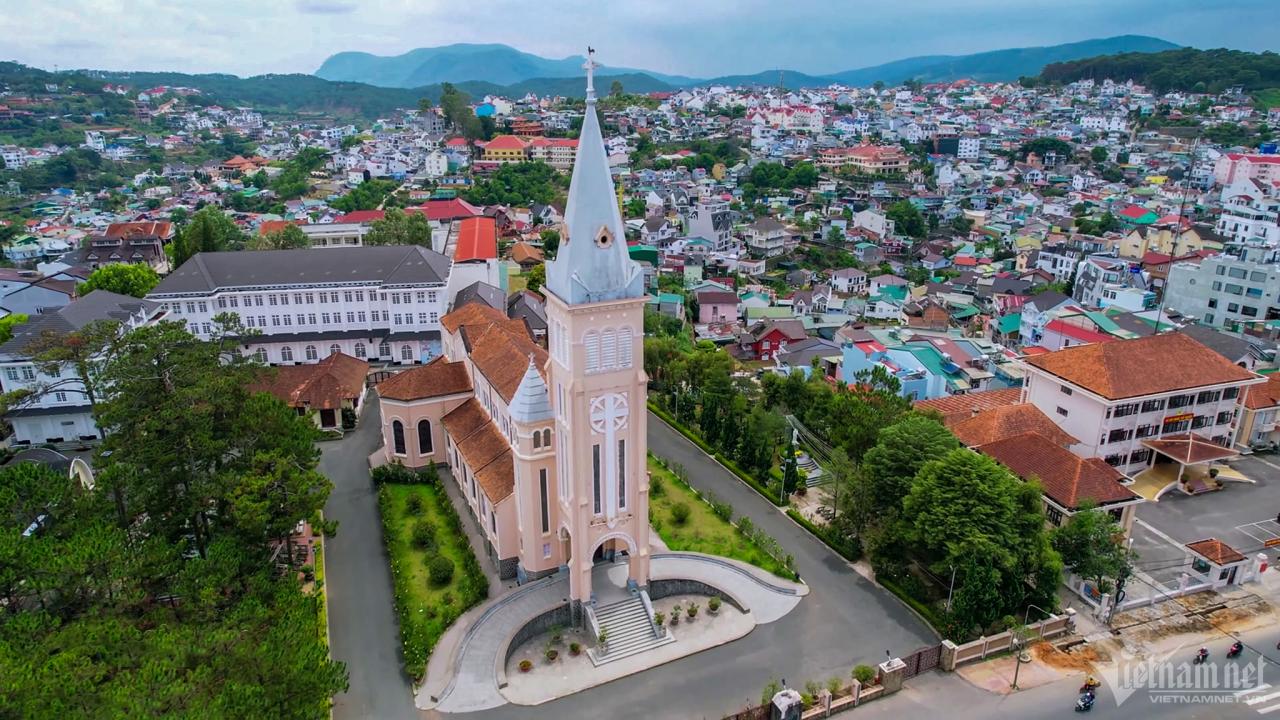
According to statistics, Da Lat currently has 20 historical relics and national-level landscapes, a system of French architectural heritage, 16 provincial-level relics, 5 public and private museums and dozens of heritage collectors. In the photo is Con Ga Church.
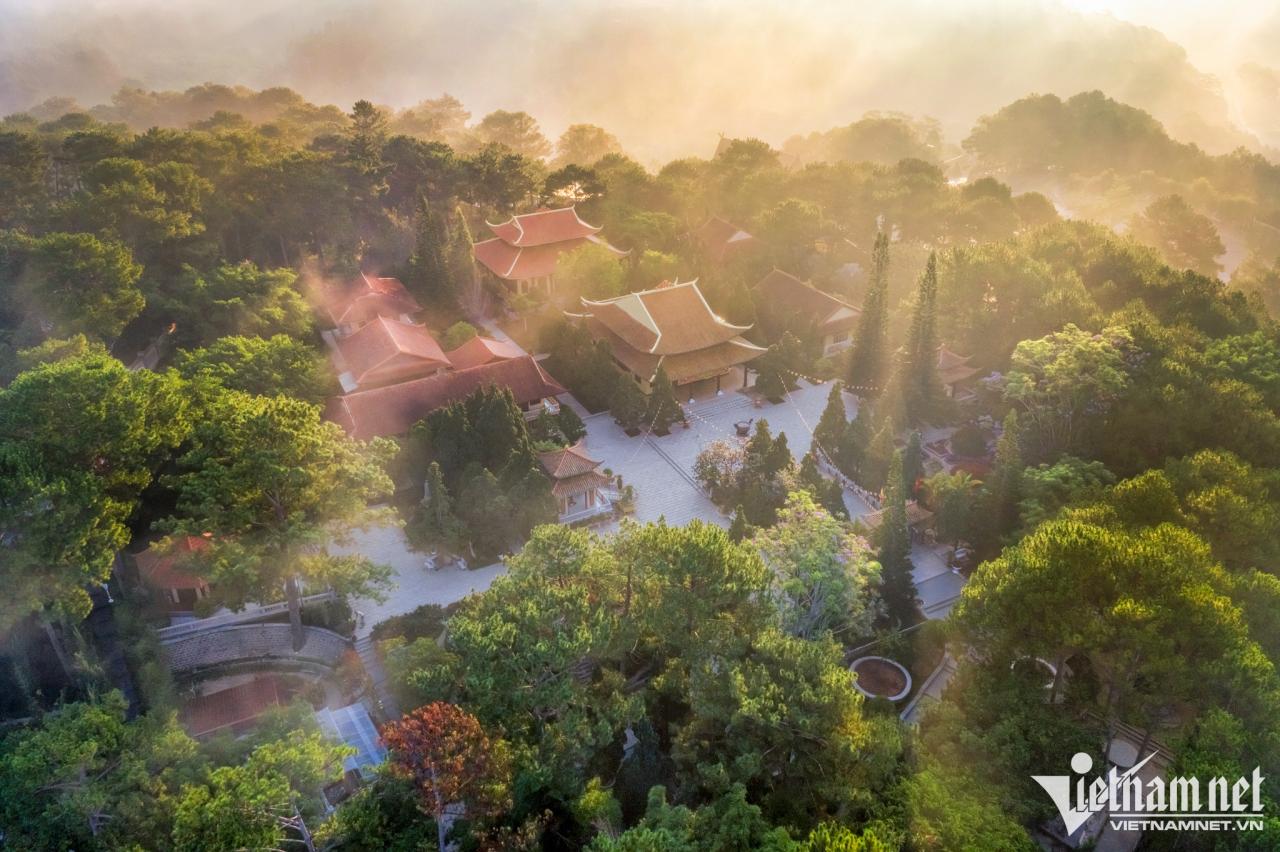
Truc Lam Zen Monastery is one of the three largest Zen monasteries in Vietnam belonging to the Truc Lam Yen Tu sect with an area of up to 30 hectares. From the Zen monastery to the center of Da Lat city is about 5km. Both sides of the road to the Zen monastery are surrounded by vast pine forests. Photo: Leu Trung Hieu.
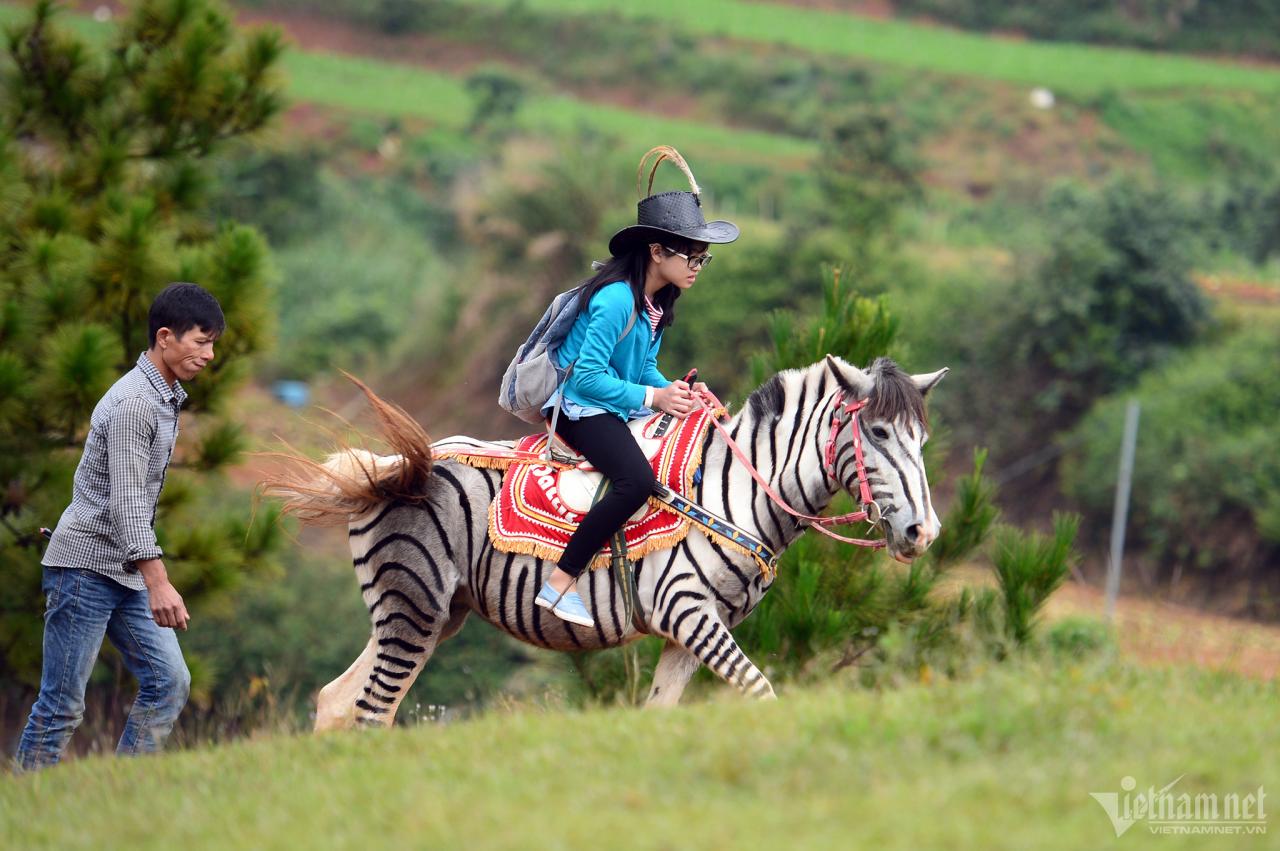
With a temperate climate, suitable temperature and humidity, it is favorable for ornamental flowers in this highland to grow, develop and bloom brilliantly in all seasons of the year. Photo: Thao Nguyen.
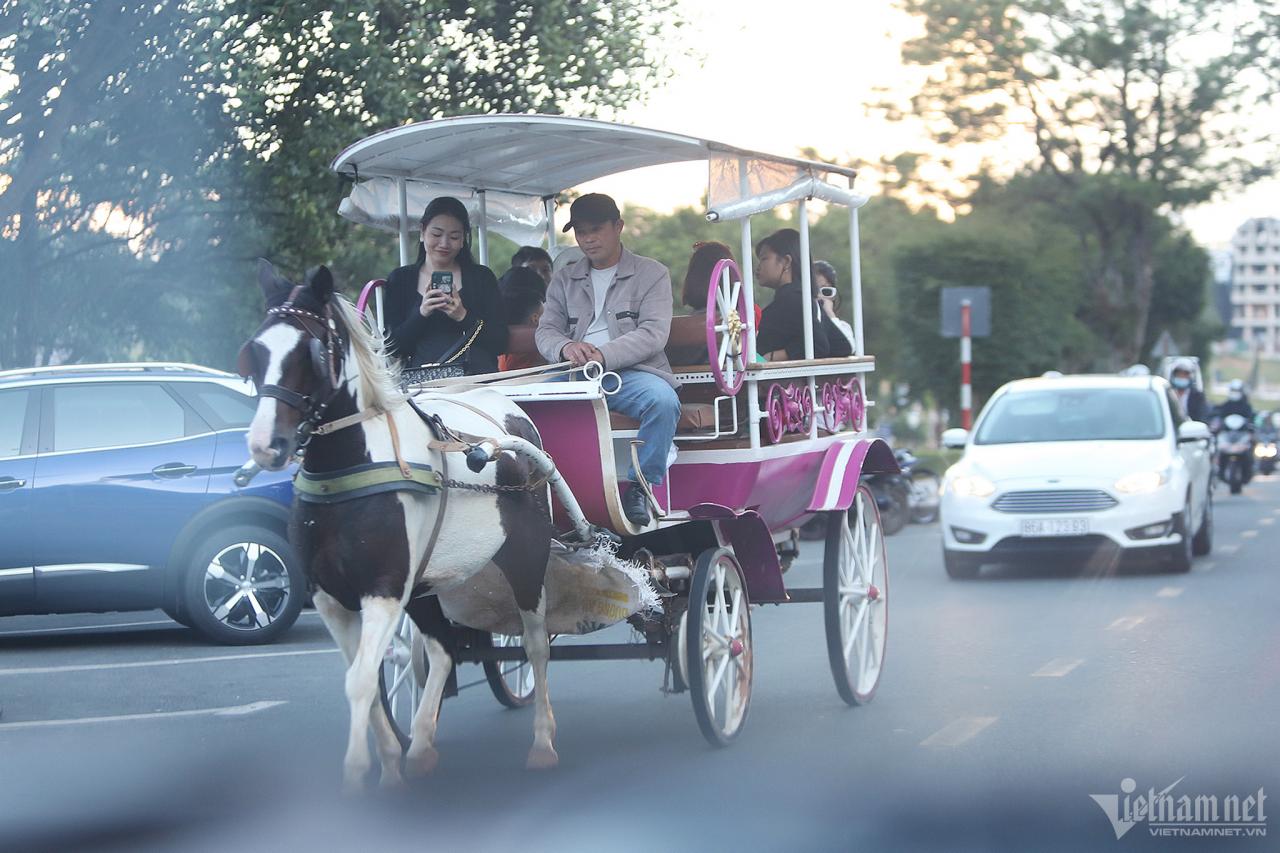
Da Lat's current population is about 250,000 people. After 130 years, from a pristine highland, the city of thousands of flowers has become a leading tourist city in the country. Lifestyle Asia magazine once proposed this as one of the 12 most romantic destinations in Asia in 2022.
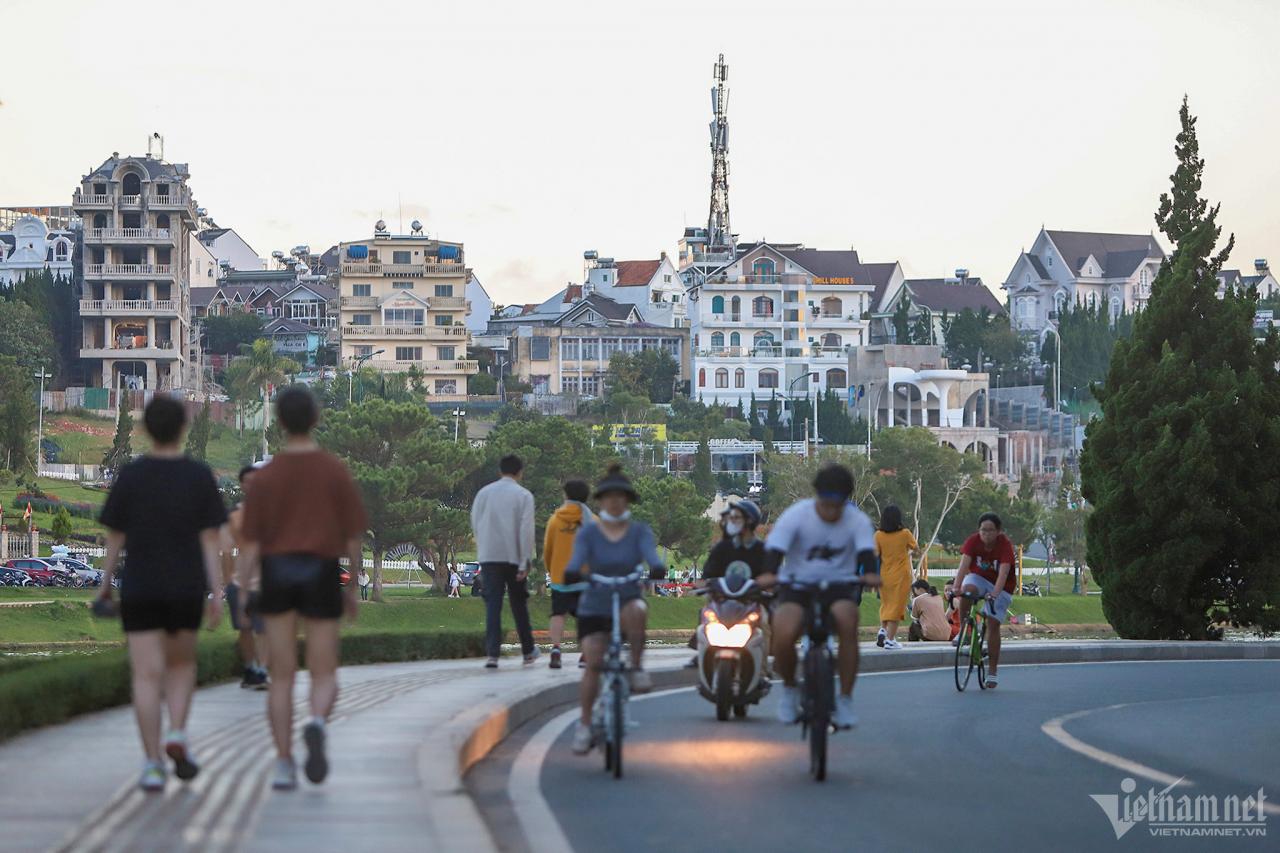
In 2022, the total number of visitors coming here to visit and relax will reach 6 million, an increase of 205% compared to 2021. The whole city has more than 2,400 tourist accommodation establishments, with about 31,000 rooms. Over 1,000 food service establishments are operating to meet the needs of tourists.
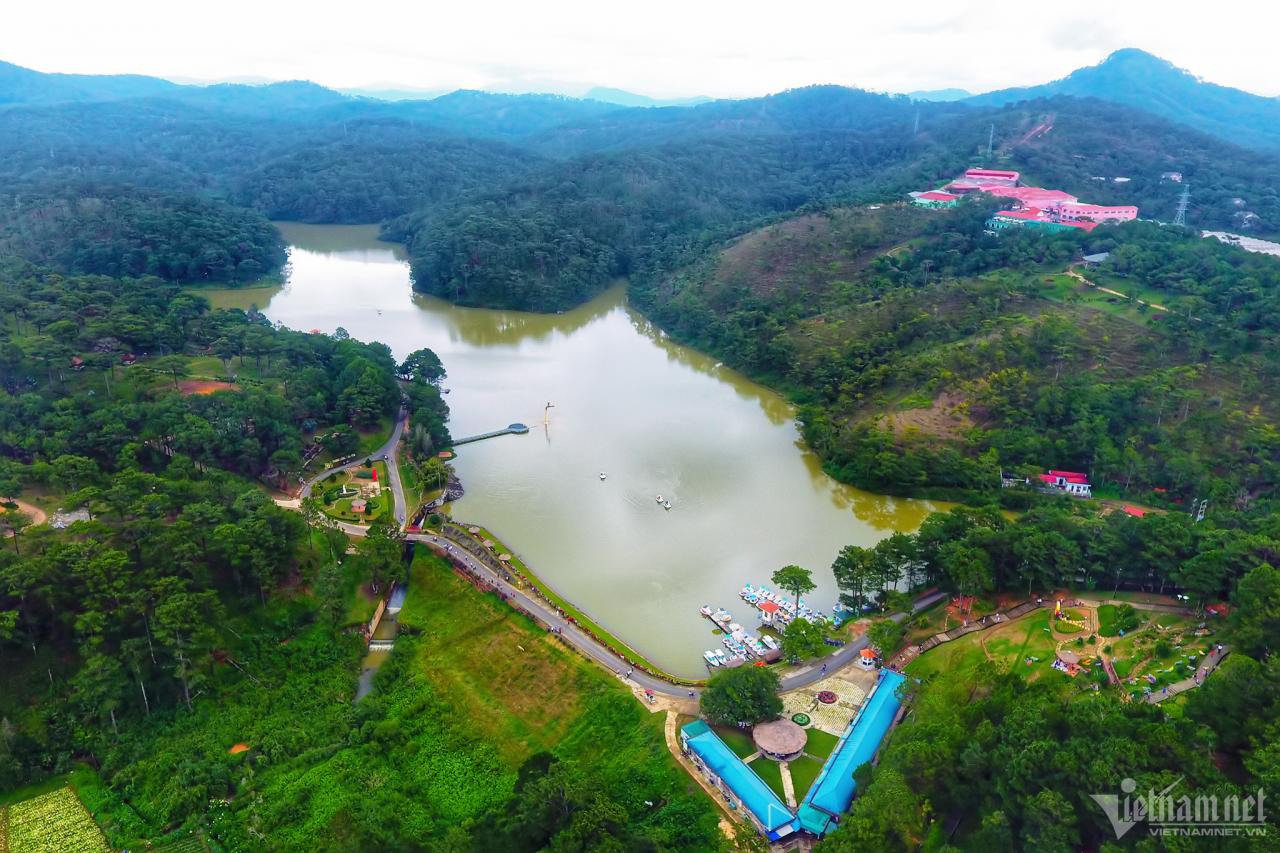
From now until 2030, Da Lat will focus on implementing the task of turning tourism into a spearhead economic sector with a high proportion, safety, civilization, modernity and friendliness for tourists. In the photo is the Valley of Love. Photo: Thao Nguyen.
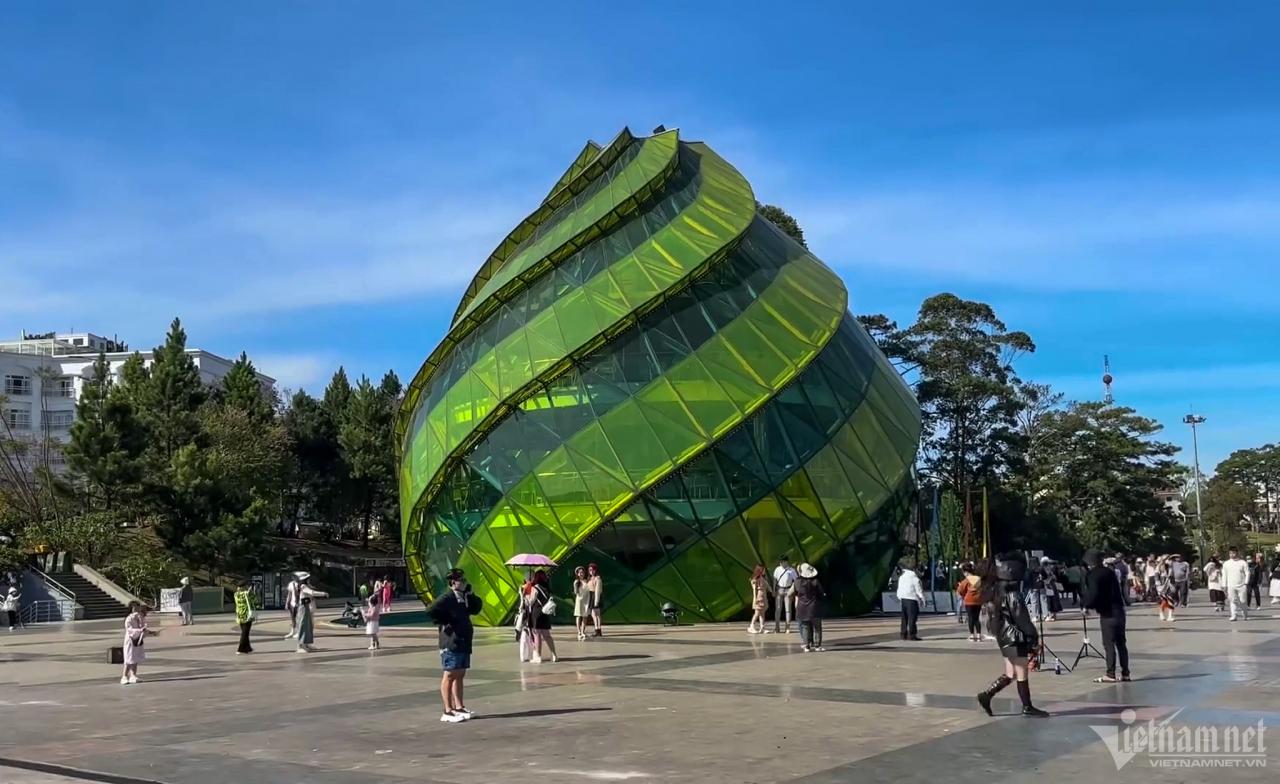
In the urban development roadmap, Da Lat is planned to become a smart city, a heritage city, a regional center of culture, arts, sports and entertainment. In the photo is Lam Vien Square in the city center, with a total area of over 70,000m2, accommodating about 60,000 people at the same time.
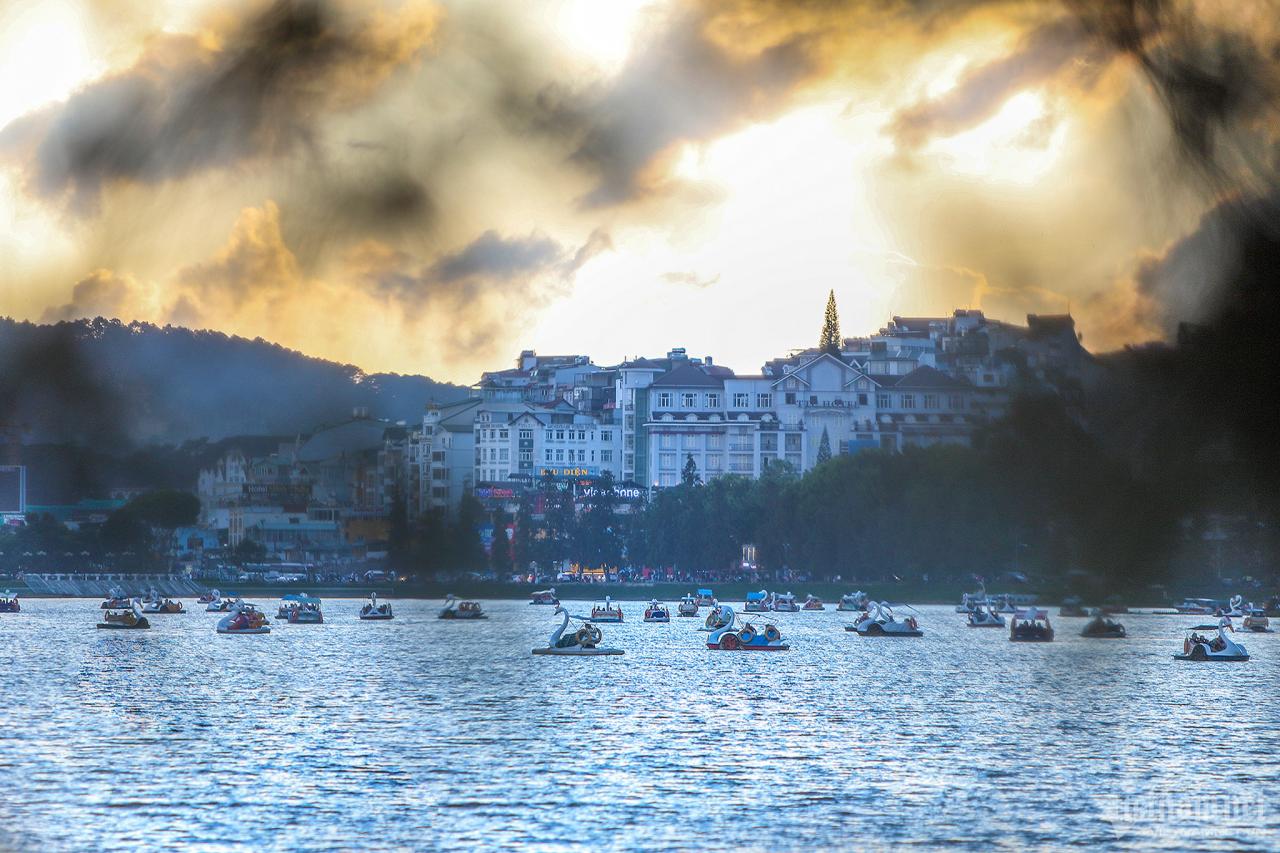
By 2050, Da Lat will become a modern, international-class urban area with unique climate, natural landscape, historical culture and national, regional and international architectural heritage.

On the occasion of World Cities Day (October 31), UNESCO has just announced a list of 55 cities recognized to participate in the "Creative Cities Network", in which Da Lat is the first music creative city in Vietnam. This is good news, a great pride for the people of the city of thousands of flowers. In the photo is Cu Lan village. Photo: Thao Nguyen.
Vietnamnet.vn


![[Photo] Prime Minister Pham Minh Chinh speaks at the online Climate Summit](https://vstatic.vietnam.vn/vietnam/resource/IMAGE/2025/4/24/8e25d00641874e47ad910427c3efe772)
![[Photo] Discover Vietnam's leading aircraft maintenance workshop at Noi Bai airport](https://vstatic.vietnam.vn/vietnam/resource/IMAGE/2025/4/23/b12dde66f5374591b818f103e052cce5)
![[Photo] Prime Minister Pham Minh Chinh receives Chairman of Syre Group (Sweden)](https://vstatic.vietnam.vn/vietnam/resource/IMAGE/2025/4/23/1f541ee01d164844934756c413467634)
![[Photo] Many groups of students enjoyed exploring the Interactive Exhibition at Nhan Dan Newspaper](https://vstatic.vietnam.vn/vietnam/resource/IMAGE/2025/4/23/29184831b77143e0b9acdd71a05a40c2)
![[Photo] General Secretary To Lam receives CEO of Rosen Partners Group (USA)](https://vstatic.vietnam.vn/vietnam/resource/IMAGE/2025/4/23/2537171fceee43b19a8eec00d22823ff)
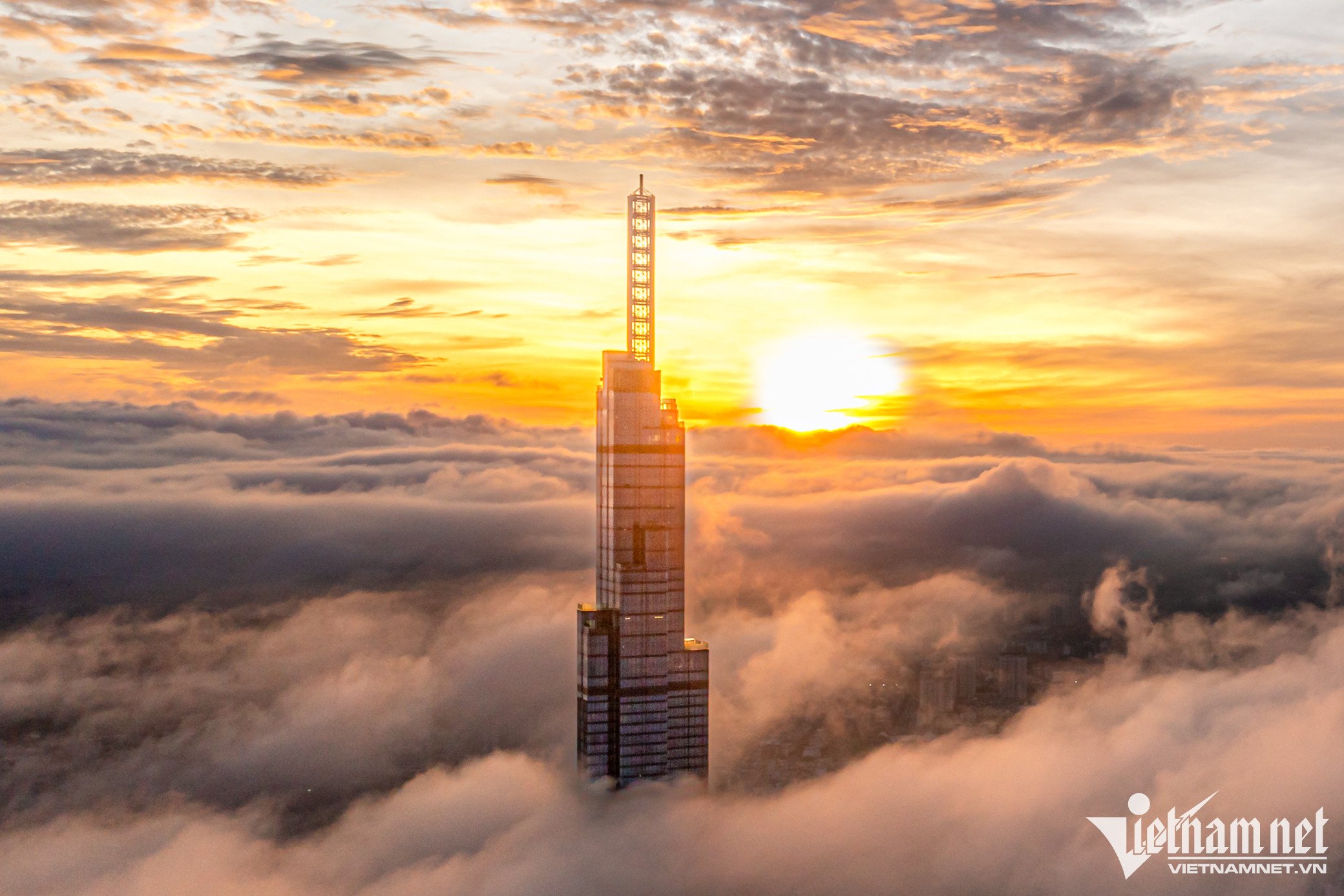

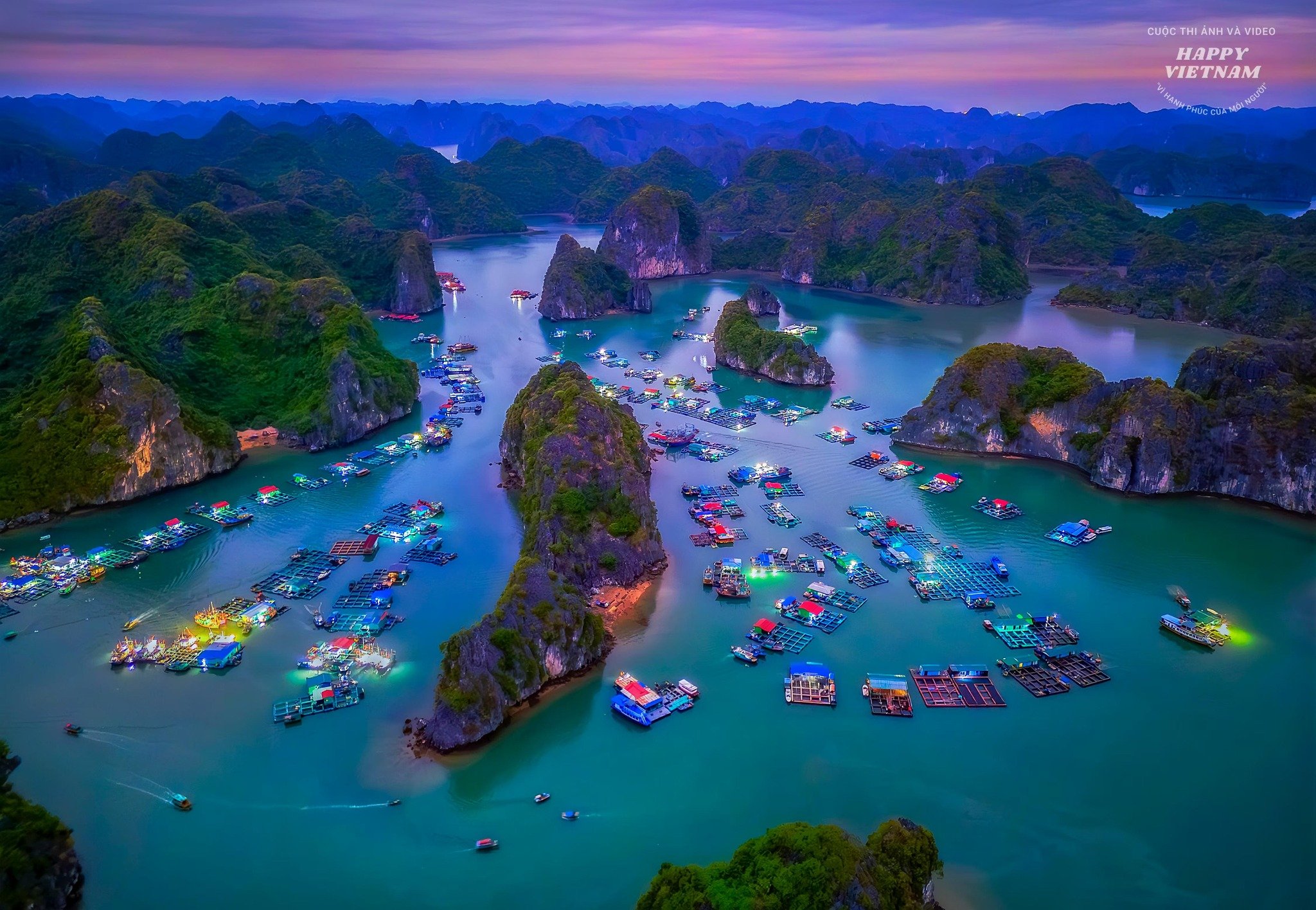

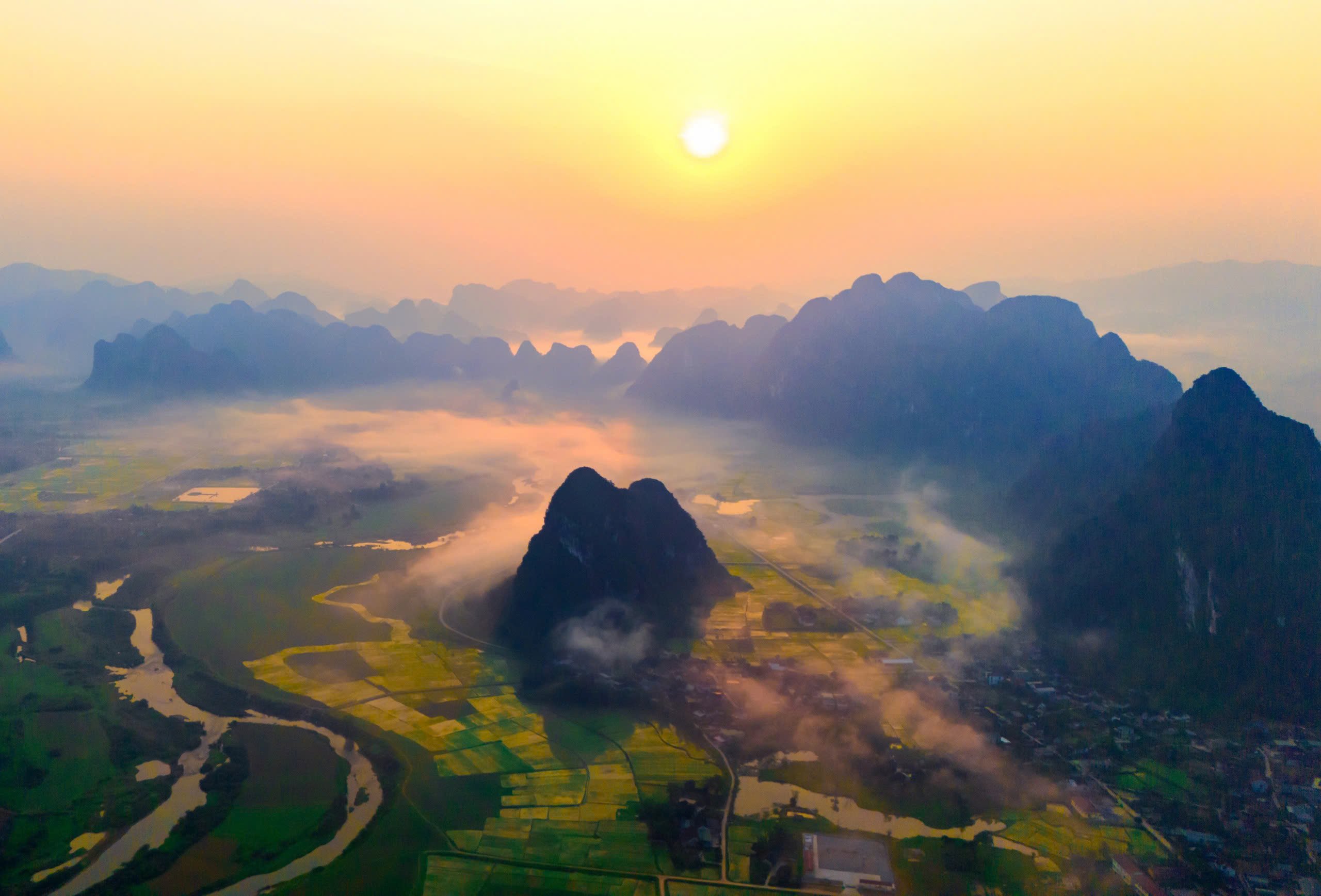
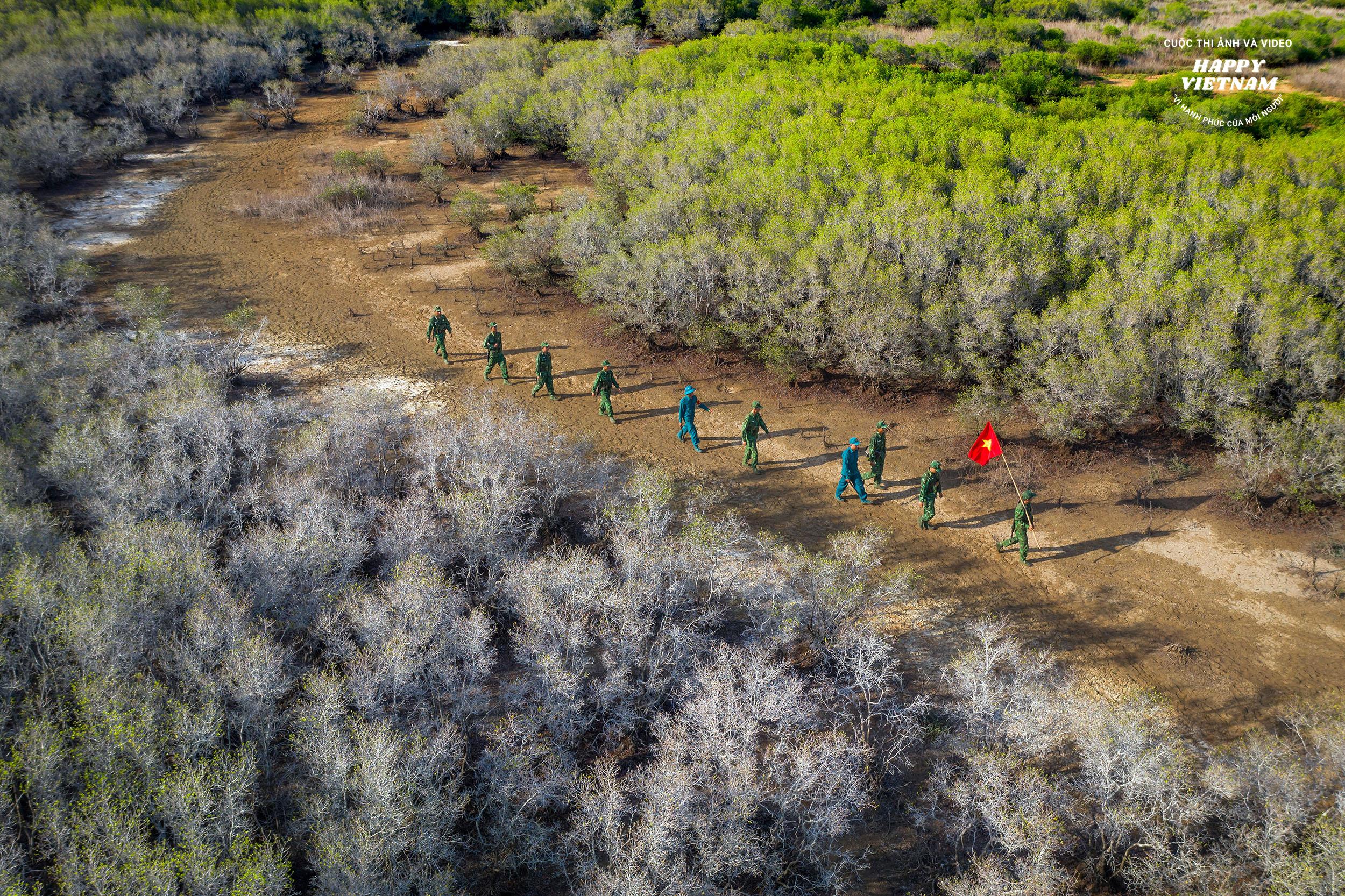

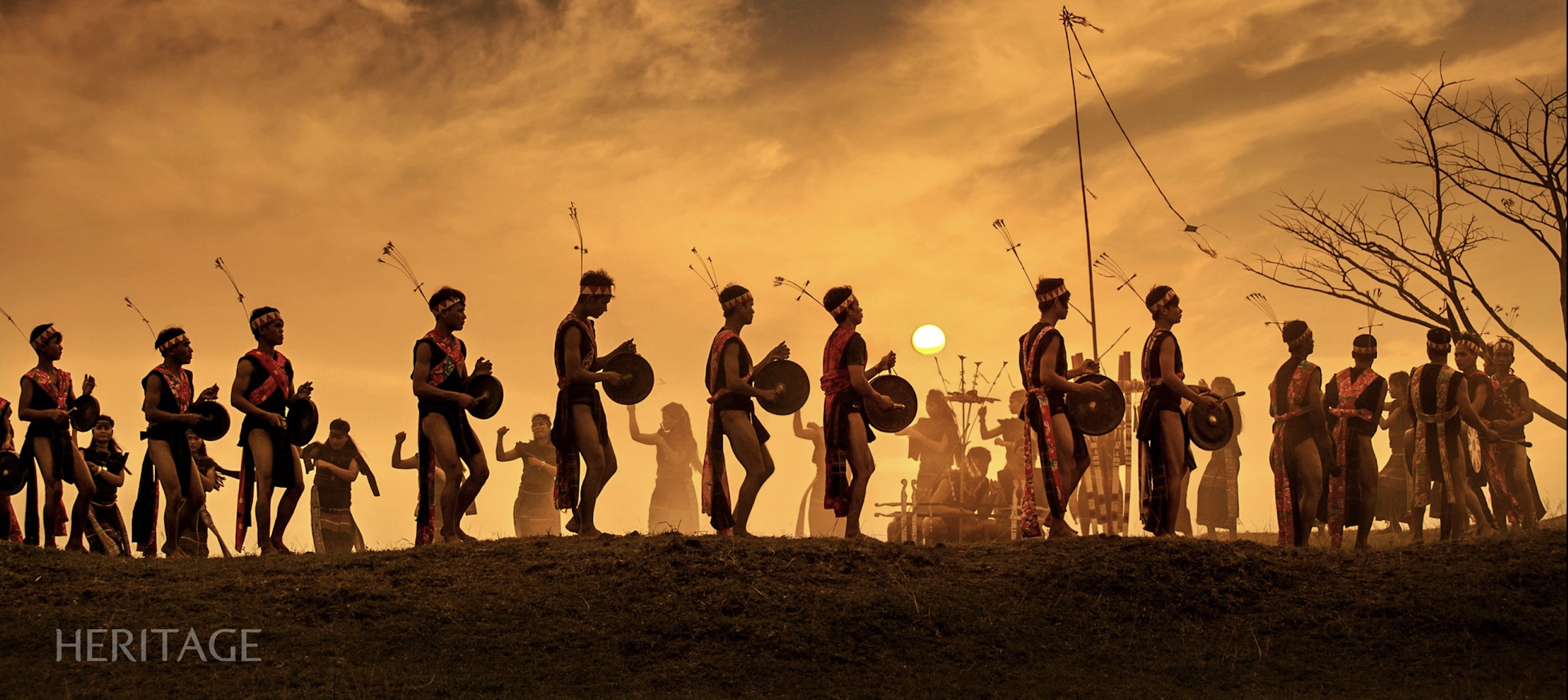
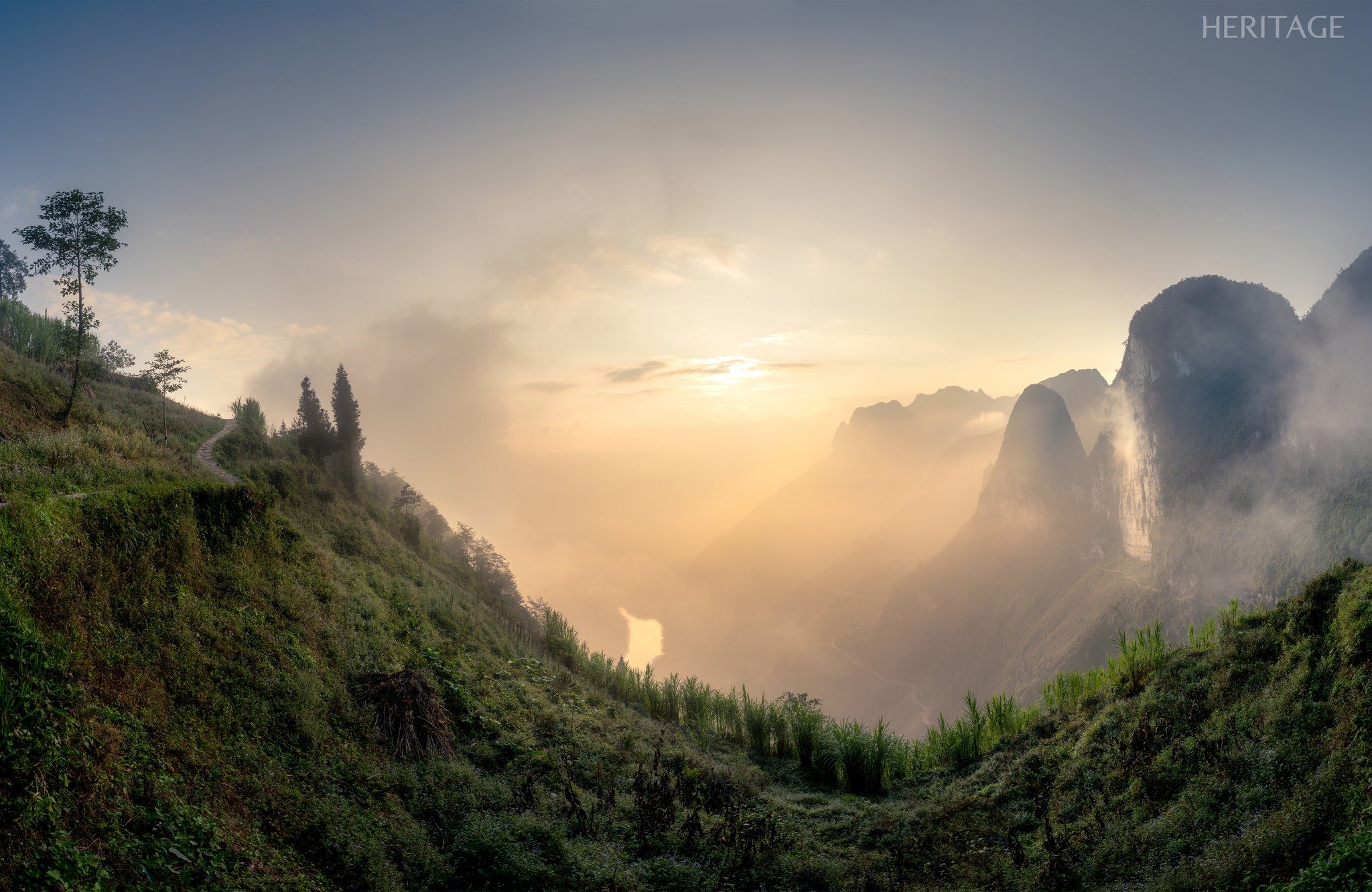
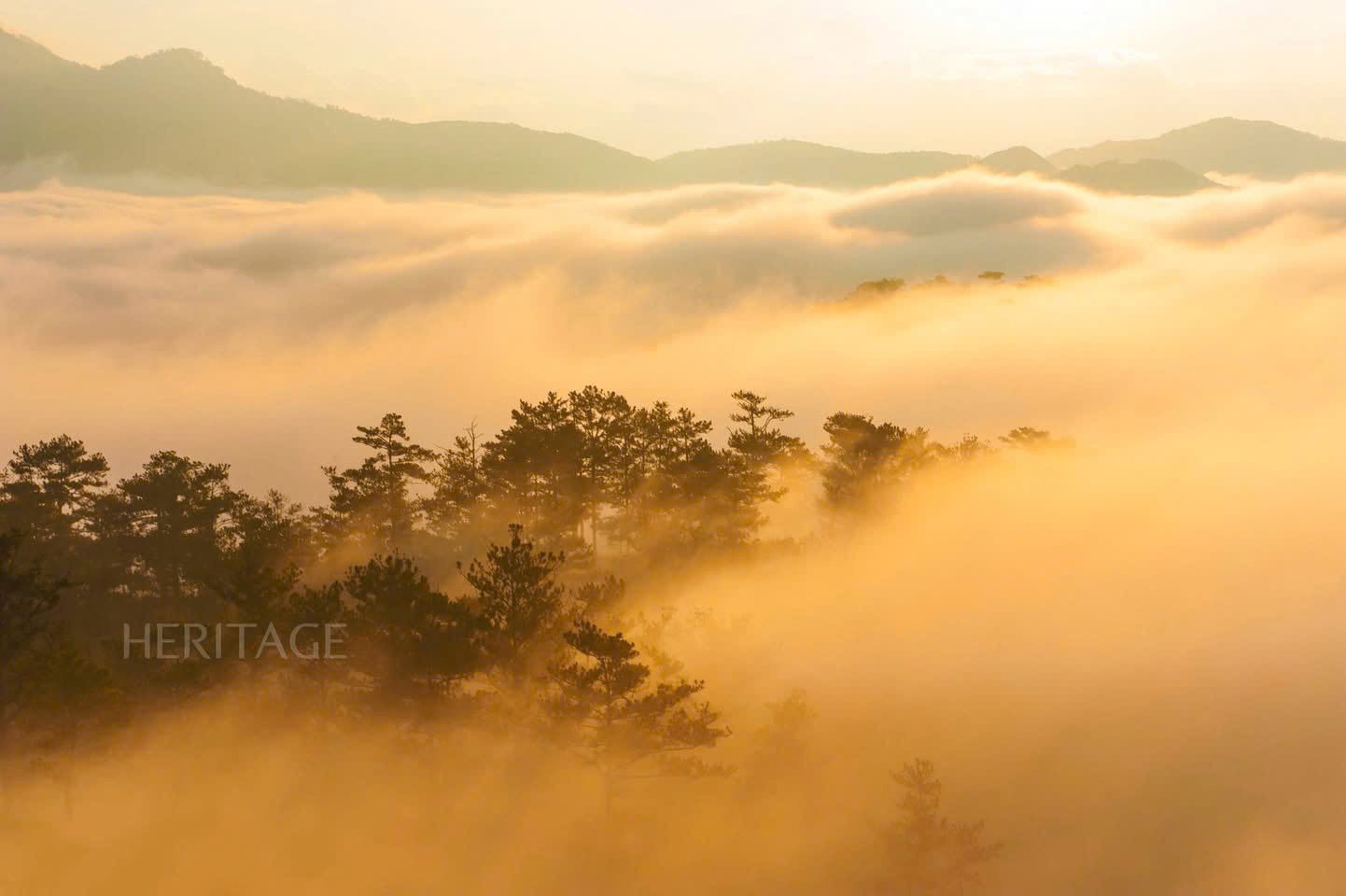











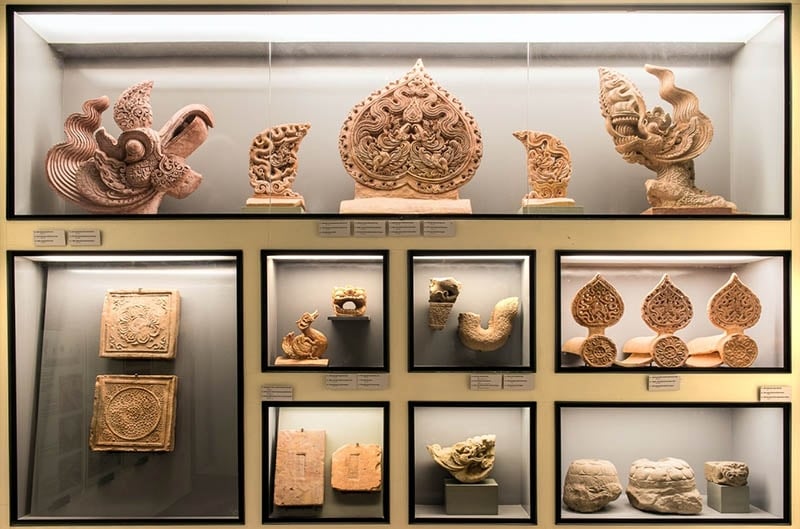

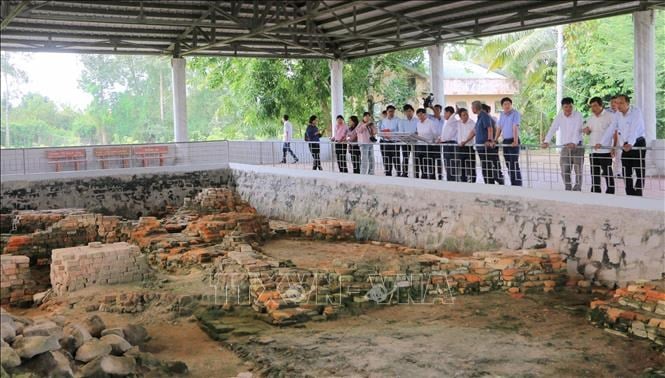
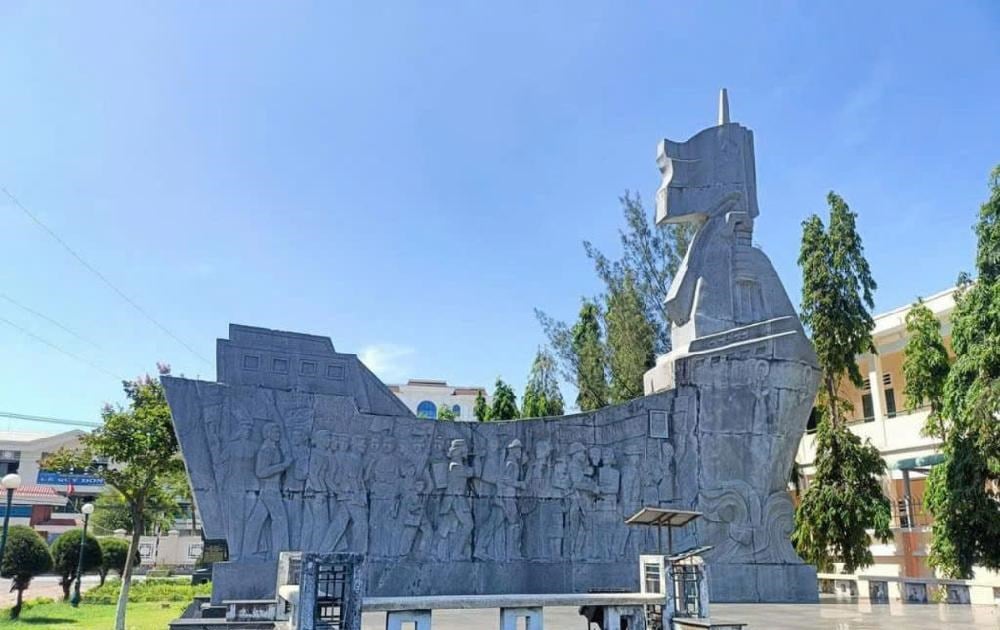
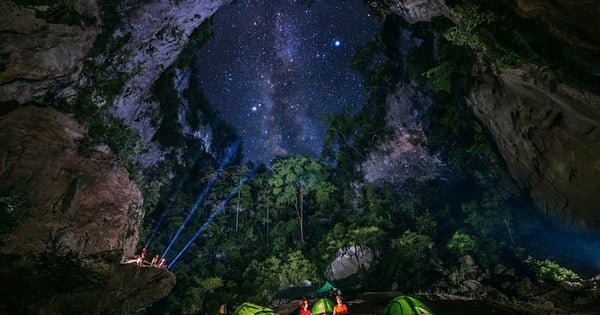






















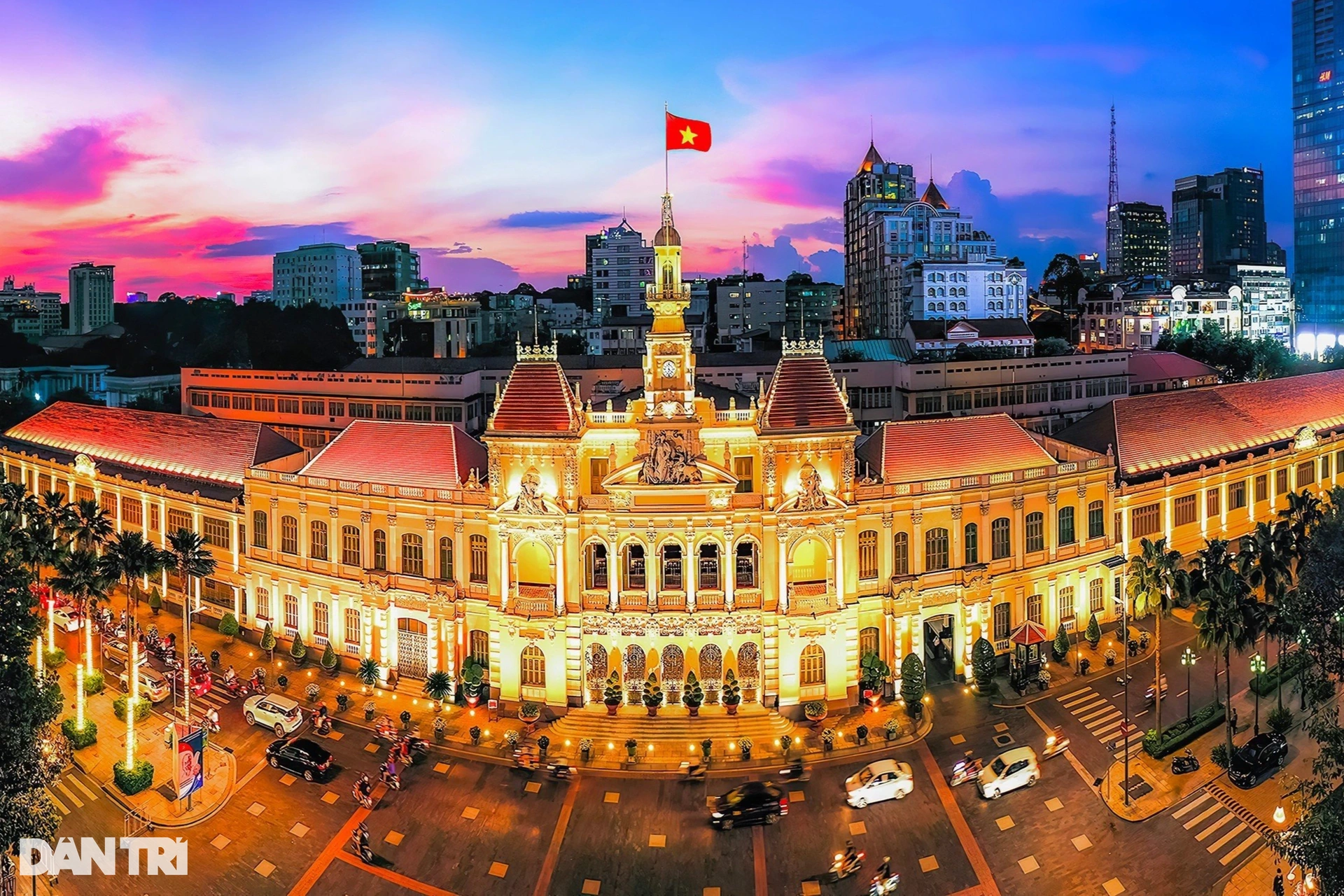
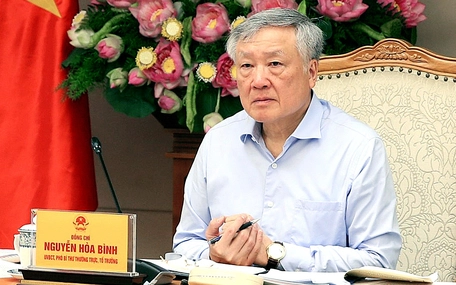



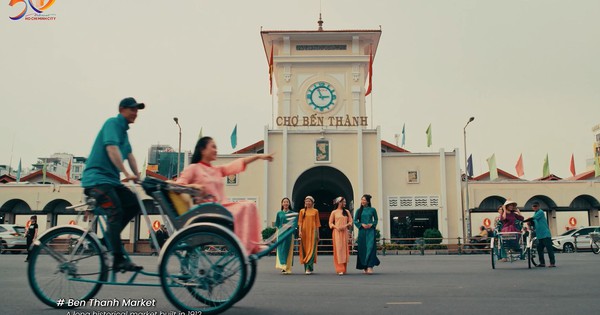


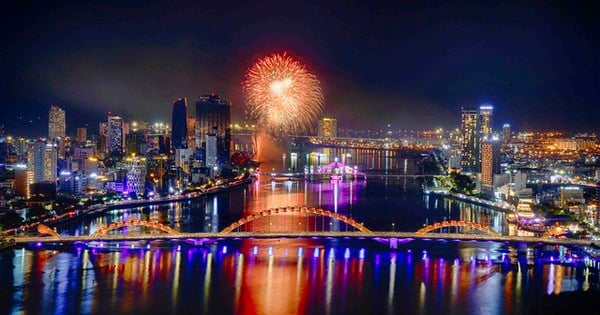






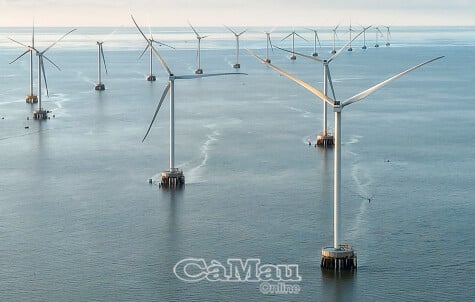







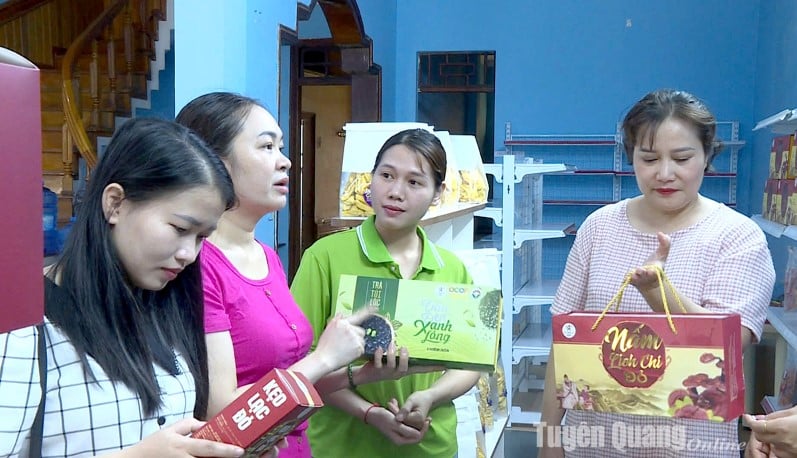



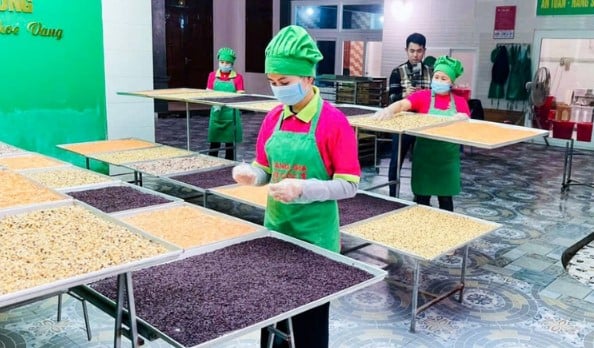



Comment (0)